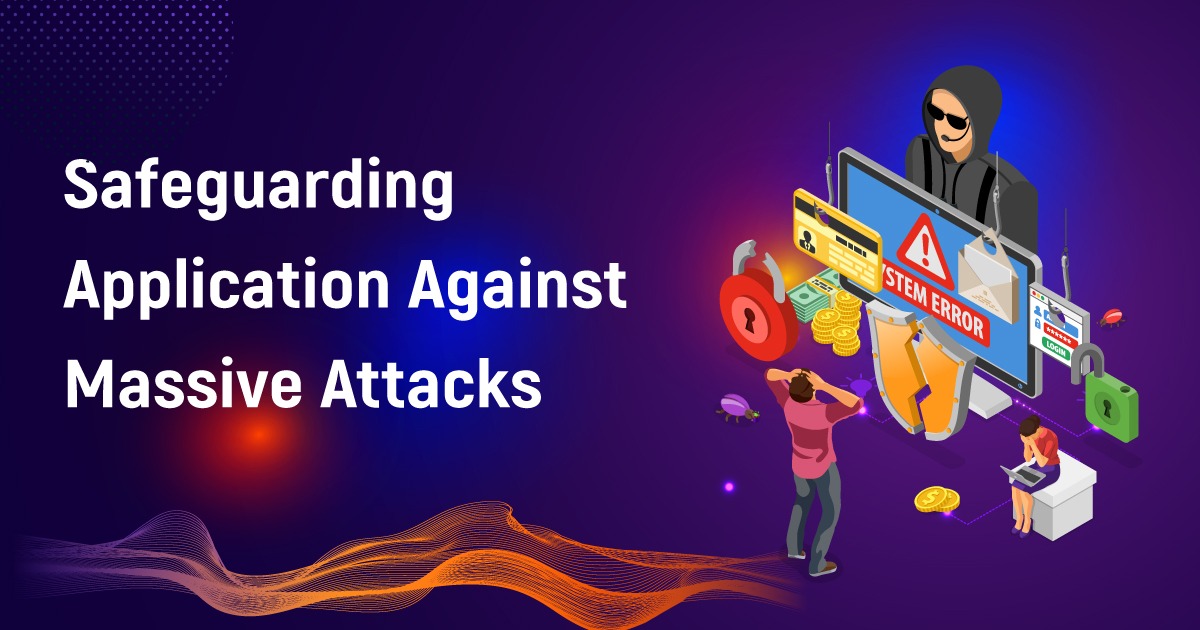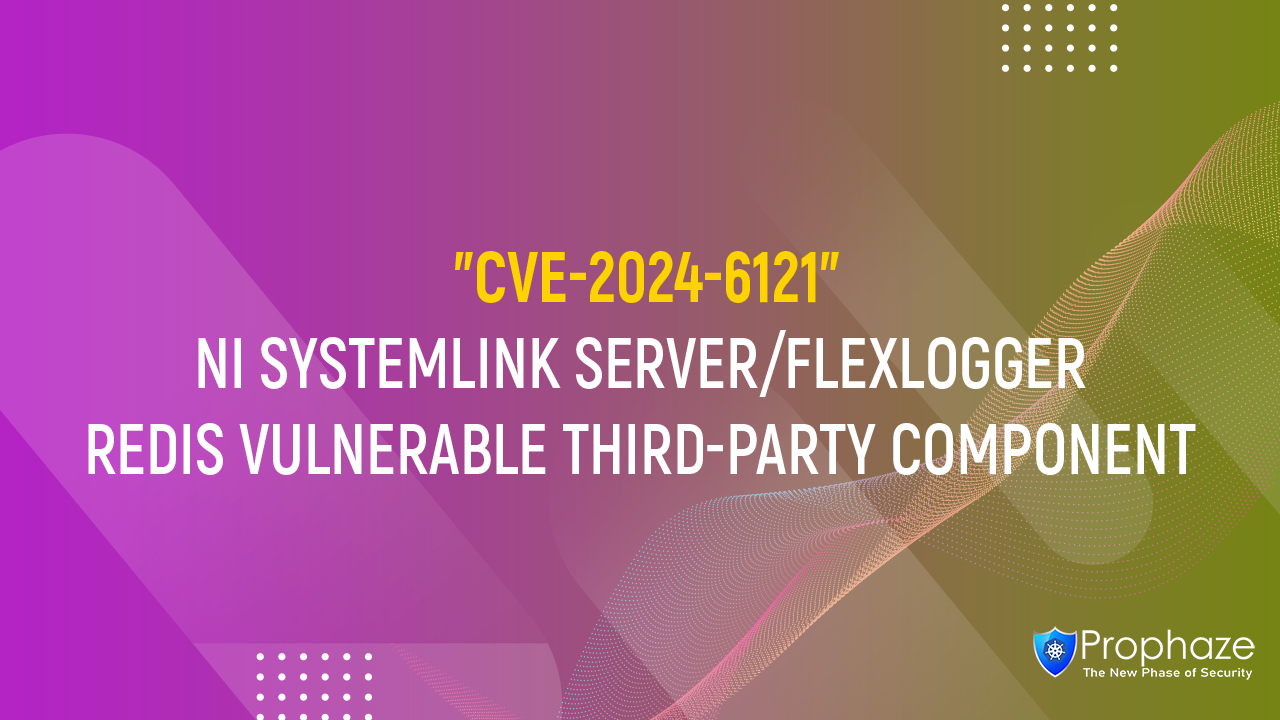The Rising Threat of Massive Cyberattacks
Cyberattacks have increased in complexity and scale, making it imperative for organizations and individuals to plan for them. According to reports from leading cybersecurity firms, the frequency of significant incidents such as distributed denial of service (DDoS) attacks, ransomware, and data breaches has increased by 40% in the past two years.
But this reliance on applications also makes us more vulnerable to cyberattacks. Recent years have seen a dramatic increase in the frequency and severity of severe cyberattacks, which can have devastating consequences for individuals, organizations, and countries.
The Escalating Threat Landscape
Large-scale cyberattacks are large-scale attacks that target multiple critical businesses or organizations at the same time. They can cause a lot of trouble, cause a lot of damage, and be very expensive to bounce back from. Typical major cyberattacks include:
DDoS attacks:
-
DDoS attacks seek to inject vehicles into the targeted system or network, rendering it inaccessible.
-
By 2022 alone, globally, the number of DDoS attacks will increase by a staggering 75%.
-
These attacks typically target applications to disrupt availability and affect business operations.
Ransomware attacks:
-
Ransomware attacks have also increased dramatically, with a reported increase of 60% by 2022.
-
These types of attacks include withholding sensitive information and demanding a ransom for its release. Applications are prime targets for ransomware attackers because they house sensitive data.
Attack Volumes and Frequencies
DDoS attacks have become the weapon of choice in the arsenal of cybercriminals, causing significant financial and reputational damage to businesses.
The number of DDoS attacks reached unprecedented levels, and attackers used more sophisticated techniques to increase their impact.
-
By 2022, there will be an estimated 10 million DDoS attacks, with an average attack size of 800 Gbps.
-
That same year saw a 150% increase in ransomware attacks, with an average ransom demand of $220,000.
Application Vulnerabilities:
-
Applications' vulnerabilities are to blame for more than 70% of successful breaches.
-
Approximately 46% of application vulnerabilities are categorized as having high or severe difficulty.
Multi-Layered Defense:
-
Organizations that implement multi-layered security measures experience a 50% reduction in the impact of cyberattacks.
-
Such strategies combine network security, application security, and user access control for robust safety.
User Training:
-
Human error contributes to 95% of cybersecurity breaches.
-
Regular employee training reduces the chance of a successful phishing attack by 70%.
ZeroTrust Resources:
-
Organizations that embrace the principles of trustlessness report a 30% reduction in successful data breaches.
-
This approach assumes the presence of threats from both outside and inside the network and requires constant authentication of users and devices.
Patch implementation:
-
Applying security patches within the first month of release can prevent 80% of successful attacks.
-
However, about 60% of organizations need timely patching support.
How to Protect Against Massive Cyberattacks?

Organizations can take several steps to protect against large-scale cyberattacks. These include:
Implementing multi-layered security:
This means implementing security measures to protect your organization, such as firewalls, intrusion detection systems, and anti-virus software.
Employee Training:
Employees are often the most vulnerable to an organization’s security. Employee education on phishing emails and other social engineering scams is crucial.
Updating software:
Software updates often include security measures that can help protect your organization from known vulnerabilities.
Implementing a zero-trust architecture:
This approach to security assumes that there is no such thing as a trusted user or machine. Implies that all users and devices must be authenticated and authorized before being granted access to the resource.
The Way Forward: Taking Action Against DDoS Attacks
As DDoS attacks continue to pose a significant threat to digital infrastructure, the importance of early mitigation measures is obvious. Organizations are taking the situation more seriously and are investing in robust cybersecurity solutions to protect their assets and remain productive. That’s where Profage steps in with its sophisticated solutions.
Prophaze Web Application Firewall (WAF) uses advanced AI-powered technology to detect and counter DDoS attacks in real-time. By analyzing incoming traffic and identifying anomalies indicative of an attack, Prophaze WAF ensures that suspicious traffic disappears, empowering legitimate users to access applications without interruption.
In a landscape where DDoS attacks are escalating in each frequency and impact, recognizing the seriousness of the issue and collaborating to secure our digital future is paramount. Implementing comprehensive defense strategies and leveraging innovative solutions like Prophaze’s WAF can help organizations stay resilient against the growing threat of DDoS attacks.









